
HPS (High-Pressure Sodium) and LED (Light Emitting Diode) grow lights are two popular options for indoor plant cultivation. They have distinct differences in terms of technology, efficiency, spectrum, heat output, and cost. Here’s a comparison between the two:
In summary, while HPS lights have been traditionally used for indoor cultivation, LED grow lights offer greater energy efficiency, a customizable light spectrum, reduced heat output, and longer lifespan. LED technology has advanced significantly in recent years, making it a preferred choice for many indoor gardeners looking to optimize plant growth while minimizing energy consumption and heat management challenges.

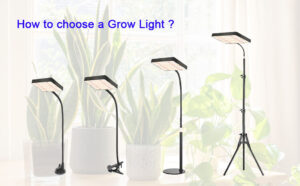
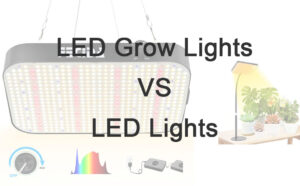
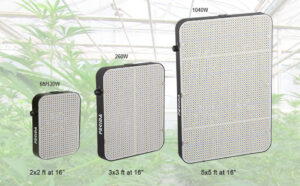
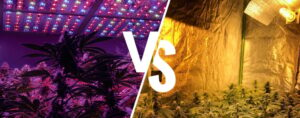
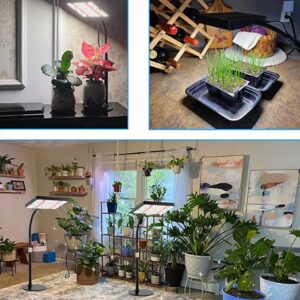
When you place an order in Check Out page, select “Create an account“, system will automatically create an account for you and send the account info to your Email Address.
